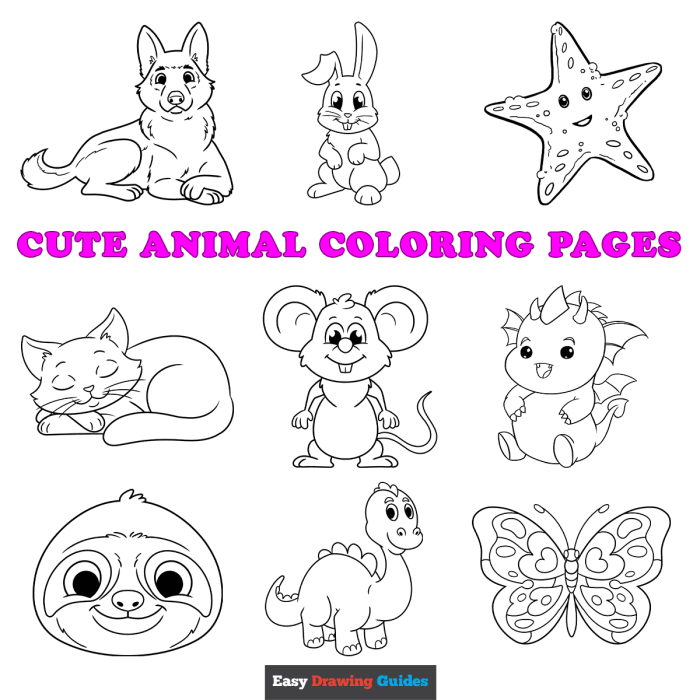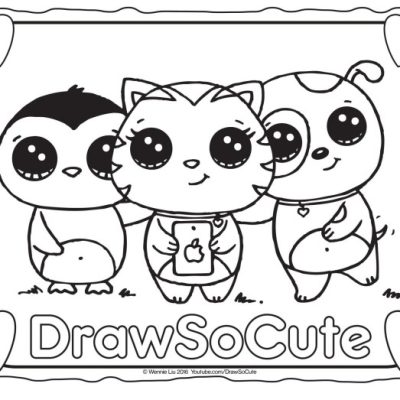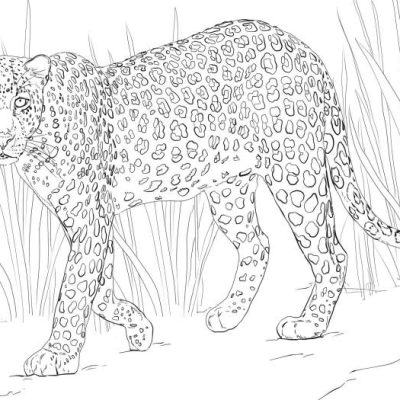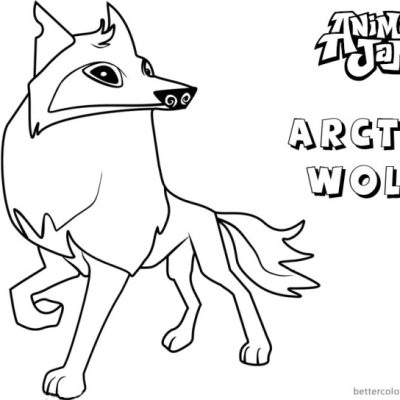Animal Coloring Pages Educational Fun

Designing Engaging Animal Coloring Pages

Animal coloring pages educational – Creating captivating animal coloring pages requires a thoughtful approach, considering the target audience and the principles of visual design. A well-designed coloring page can be a powerful educational tool, stimulating creativity, improving fine motor skills, and fostering a love for animals and art. Let’s explore the key elements of designing engaging coloring pages for different age groups.
Animal Coloring Page Designs for Different Age Groups, Animal coloring pages educational
We’ll design three distinct coloring pages, each tailored to a specific age group: preschool, elementary, and middle school. The complexity of the design will directly correlate with the age group’s developmental stage.For preschoolers (ages 3-5), a simple design is crucial. Imagine a large, friendly-looking cartoonish elephant. Its Artikels would be thick and bold, with minimal detail. Large, clearly defined areas would be perfect for crayon application.
The elephant could be positioned in a simple landscape, perhaps with some oversized flowers or a sun. The focus is on large shapes and easy-to-color areas.For elementary school children (ages 6-12), we can increase the complexity. Consider a playful panda bear climbing a bamboo tree. The design would include more intricate details, such as the panda’s fur texture, the bamboo leaves, and a more detailed background.
The lines would be slightly thinner, allowing for more nuanced coloring techniques. This design encourages finer motor skills and a more sophisticated understanding of shading and detail.Middle school students (ages 12-14) benefit from even more challenging designs. A detailed illustration of a majestic tiger in its natural habitat would be ideal. This design could incorporate realistic details, such as muscle definition, fur texture variations, and a complex background featuring a jungle scene.
This level of complexity allows for exploring shading, blending techniques, and creating a sense of depth and realism.
The Importance of Simple and Complex Designs
Incorporating both simple and complex designs is key to creating a diverse range of coloring pages that cater to varying skill levels and interests. Simple designs are perfect for younger children, providing a sense of accomplishment and building confidence. Complex designs, on the other hand, challenge older children and teenagers, encouraging them to explore their artistic abilities and develop their fine motor skills.
The balance between simplicity and complexity keeps the activity engaging and prevents boredom.
Color Theory in Animal Coloring Pages
Color theory plays a vital role in creating visually appealing coloring pages. Understanding color harmonies, such as complementary colors (e.g., blue and orange), analogous colors (e.g., blue, blue-green, green), and triadic colors (e.g., red, yellow, blue), can significantly enhance the aesthetic appeal of the design. For instance, using warm colors like oranges and reds for a lion coloring page would evoke feelings of warmth and energy, while using cool colors like blues and greens for an ocean scene with a dolphin would create a calming and serene atmosphere.
Thoughtful color choices can greatly impact the overall mood and emotional response to the coloring page.
Factors to Consider When Choosing Animals
Selecting appropriate animals for coloring pages involves careful consideration of several factors.
- Popularity: Choosing popular animals, such as cats, dogs, and elephants, ensures broad appeal and relevance to a wide range of children.
- Educational Relevance: Animals can be chosen to teach about different habitats, ecosystems, or animal behaviors. For example, a coloring page featuring animals from the rainforest could introduce children to the biodiversity of that region.
- Ease of Drawing: Selecting animals with relatively simple shapes and features makes the design process easier, especially for beginners.
- Cultural Significance: Consider the cultural relevance of certain animals in different regions. This can make the coloring pages more inclusive and engaging for a diverse audience.
Creating a Coloring Page Featuring Detailed Animal Anatomy
Let’s consider creating a coloring page featuring a detailed anatomical illustration of a bird. The design would begin with a basic skeletal structure, showing the main bones. Over this, we would layer the musculature, indicating the major muscle groups. Then, we would add the feathers, carefully illustrating their arrangement and texture. Finally, we would add details like the beak, eyes, and feet.
The finished design would be a complex and educational illustration, ideal for older children interested in biology or anatomy. The intricate details would encourage precise coloring and attention to detail, offering a rewarding and enriching experience. Different shading techniques could be used to represent the depth and texture of the feathers and muscles. This could be a grayscale rendering to start, and then colors can be added to create a visually stunning and informative coloring page.
Illustrative Examples of Animal Coloring Pages: Animal Coloring Pages Educational

Let’s explore some captivating examples of animal coloring pages, demonstrating the diverse approaches to design and the educational potential they offer. These examples showcase how different artistic styles and thematic focuses can create engaging and enriching experiences for young learners. Remember, the key is to spark creativity and foster a love of animals and nature.
Realistic Lion Coloring Page
This coloring page features a majestic lion in a realistic style. The lion’s powerful muscles are subtly suggested beneath its tawny fur, meticulously detailed to showcase its texture. Its impressive mane, rendered with individual strands, cascades down its shoulders, while its paws are depicted with carefully drawn claws and pads. The lion’s expression is one of quiet alertness, its gaze intense yet peaceful, inviting the colorer to bring it to life.
The background could be a simple savanna scene, leaving space for the focus to remain on the magnificent animal itself.
Stylized Playful Monkey Coloring Page
In contrast to the realistic lion, this coloring page presents a stylized, cartoonish monkey swinging playfully from a vibrant, leafy tree. The monkey’s exaggerated features—large, expressive eyes and a wide, playful grin—are designed to appeal to younger children. The lines are bold and simple, making it easy for children of various skill levels to color. The tree itself is depicted with bright, whimsical leaves, adding to the overall playful and cheerful atmosphere.
The colors should be bright and saturated, enhancing the lively feel of the scene.
Underwater Scene with Marine Animals Coloring Page
This coloring page depicts a vibrant underwater scene, teeming with marine life. A colorful coral reef forms the backdrop, with various fish, sea turtles, and other marine creatures swimming amongst the coral. The detail in the coral itself is important, with intricate textures and shapes to color. Different types of fish, varying in shape, size, and color, create a dynamic and engaging scene.
The coloring page offers opportunities to explore a variety of colors and patterns, fostering creativity and knowledge about ocean biodiversity.
Different Breeds of Dogs Coloring Page
This coloring page showcases the diversity of canine breeds. Several different breeds, such as a playful Golden Retriever, a regal German Shepherd, a tiny Chihuahua, and a majestic Great Dane, are depicted, each with its unique physical characteristics clearly illustrated. The differences in coat length, ear shape, and overall body proportions are highlighted. This coloring page provides a wonderful opportunity to learn about different dog breeds and their distinct features, encouraging observation and appreciation for animal diversity.
Endangered Animals Coloring Page
This coloring page features several endangered animals, such as a majestic snow leopard, a playful giant panda, and a graceful Sumatran rhinoceros. Each animal is depicted realistically, with careful attention to detail in its fur, skin, and features. The background could subtly hint at their natural habitats, emphasizing the importance of conservation. This coloring page is not just about coloring; it’s a tool for raising awareness about endangered species and the importance of protecting their habitats.
It encourages discussion about conservation efforts and the threats these animals face.
Animal coloring pages offer a valuable educational tool, fostering fine motor skills and creativity in children. Expanding this engagement, resources like coloring pages of animals and flowers provide a broader thematic approach, incorporating botanical elements alongside the fauna. This integrated approach enhances learning by associating animals with their natural habitats and promoting a holistic understanding of ecosystems, further enriching the educational benefits of animal coloring pages.









